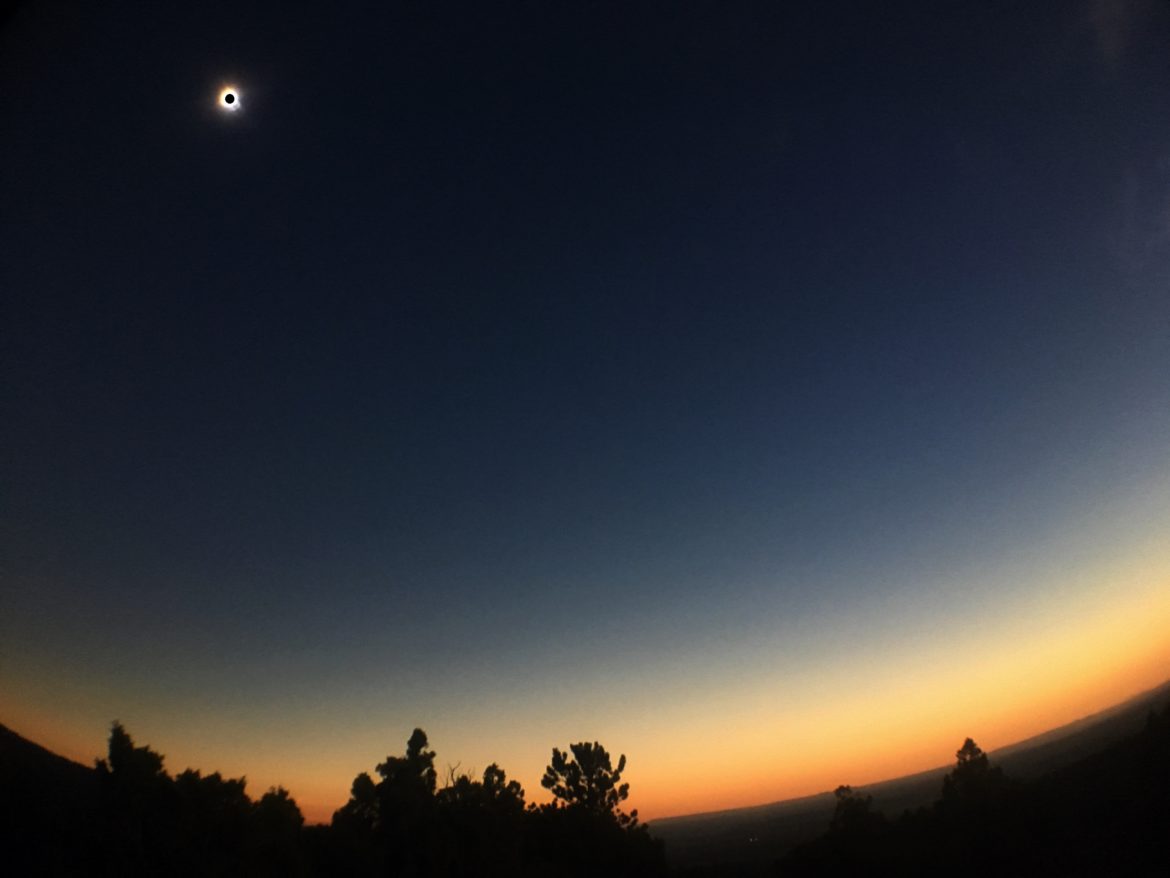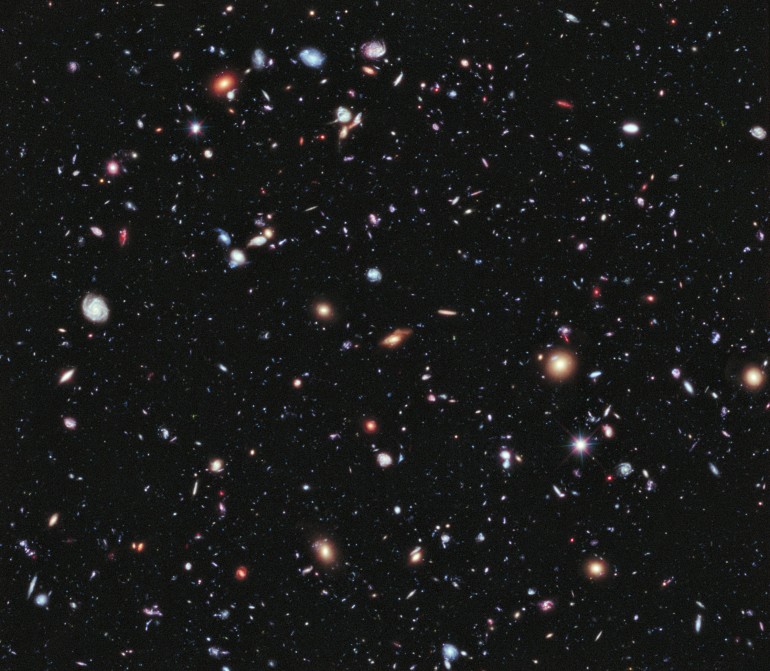
I can’t stop thinking about the eclipse.
I thought I pretty much knew what to expect from the 2017 solar eclipse. I understood the science. I had already witnessed a few partial/annular eclipses. I’ve been anticipating the event for a few years now and had read about the sensory changes I could expect to witness. I had a few good viewing locations scoped out with choices depending on the cloud coverage or crowds we might run into that day. My 3 1/2-year-old twins had plenty of food, water, sunscreen, eclipse glasses, and excitement. We were prepared for the event. But I soon learned that nothing could prepare me for the experience.
We had a perfect location on a ridge near Muddy Mountain Wyoming that provided 360 degree views. We were away from the crowds. And most importantly it was cloudless with 2 minutes and 18 seconds of anticipated totality.
We spent an hour watching the partial eclipse and eating a picnic lunch in the shade provided by some old, scraggly, Limber Pines. Eventually, the temperature began to drop slowly. Soon our surroundings dimmed and crickets began to chirp. I found myself caught off guard by the strangeness of my environment. The landscape appeared rosy and dimmed – as if I was wearing sunglasses. My stomach flipped with anticipation and anxiety caused by the surreality of my surroundings.
Quickly, much faster than I anticipated, darkness descended on us. The disorienting passage of time was head-spinning. I took my eclipse glasses off to see if I could see the umbra race toward us from across the valley below. But it happened too quickly. It was with a ridiculous suddenness that the moon’s shadow had shrouded us. I quickly turned around and looked up and saw the eclipsed sun glowing in the sky and my brain turned inside out.
My fingers fumbled around for my camera phone and I somehow managed to capture the image above. I tried to take a video of the “sunset” that surrounded us in every direction, but I only managed to catch these three seconds. I was overwhelmed.
The corona was much more bright and lustrous than I envisioned. It shone bright white and with a jaw dropping brilliance. We were all bewildered with its beauty and absolute strangeness. To look up into the sky and see a sparkling shine, unlike anything I have ever seen in my years of looking at the heavens. To share this with my wife and children.
And then it was gone. And now I can’t stop thinking about the eclipse.


